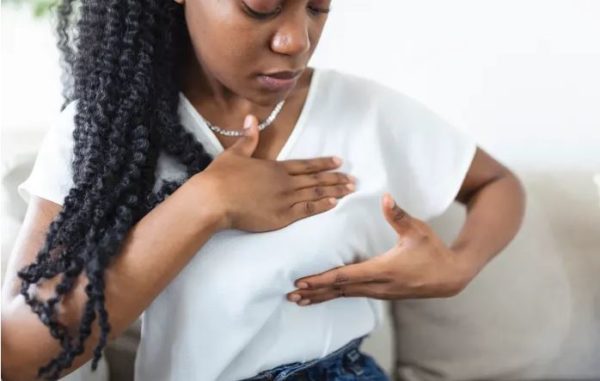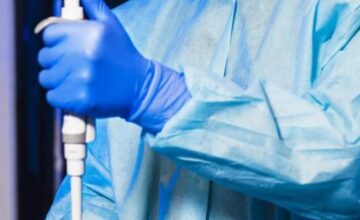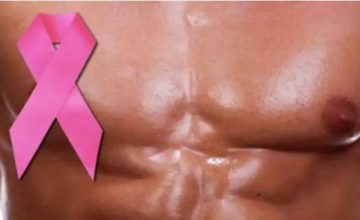
When detected in its early stages, breast cancer is highly treatable and can sometimes be cured.
Therefore, it is essential for every woman to know the warning signs of breast cancer, become familiar with her body and discuss any unusual changes with a physician.
Symptoms to watch for
While the warning signs of breast cancer can vary among women, most symptoms involve changes in the look or feel of a breast or nipple.
More specifically, the four most common warning signs of breast cancer are:
1. Lumps
The most well-known sign of breast cancer is a breast lump. This is what women are most often told to check for. While the risk of developing breast cancer increases as a woman ages, doctors recommend starting to check for lumps around the age of 20—with annual mammograms starting around age 40.
Self exams
A self-exam is the simplest way to detect breast lumps. Approximately once a month, women should perform a thorough exam to check for any irregularities. According to BreastCancer.org, a self-exam starts by standing in front of a mirror and looking for any irregularities in the breasts. This process involves lying down and lightly feeling the breasts to take note of changes in texture and appearance of harder bumps. If any unusual lump or change is noticed, contact a doctor immediately. A doctor can perform a professional exam or ultrasound as soon as possible to determine if there’s a potential threat.
2. Swelling
Swelling is also an early sign of breast cancer. While some minor changes in breast size are normal, especially around the time of a woman’s monthly period, dramatic changes may indicate inflammation. If there is a change in breast size all of a sudden, or if a certain area of the breast is becoming fuller than the rest, a doctor should be contacted to do a full professional exam. One thing to note is swelling should not be confused with breasts of varying sizes. It is totally normal to have a slight difference in size from one breast to the other, but if this difference becomes much more dramatic or there’s a new difference, it is time to contact a health provider.
3. Skin dimpling
Skin dimpling is also associated with the early stages of breast cancer. This dimpling might be subtle, so it should be checked for during the aforementioned monthly self-exam in the mirror. Because of its subtlety, proper lighting is necessary to see these differences in texture. This dimpling is often compared to the skin of an orange, with small divots on a particular area of the breast.
4. Nipple changes
The nipples shouldn’t be left out of a self-exam. Changes in the shape, size, and firmness of the nipples could indicate an internal problem within the breast tissue. Inverted nipples are a common sign among early breast cancer patients. The nipple will appear to have turned in on itself. If a nipple issue is discovered, reach out to a doctor, who can perform a scan to determine the cause. The same goes for any sudden inflammation of the nipple. Sudden asymmetry in the nipples is also a red flag, so checking for this in the mirror on a regular basis is crucial. Finally, any abnormal discharge from the nipple should be taken as a warning sign and examined by a doctor as soon as possible.
Listen to your body
Doctors suggest becoming familiar with how your breasts usually look and feel, that way, changes and differences are immediately noticeable. If the breasts change suddenly, that’s the body’s message that it needs medical attention. And while regular self-exams are crucial, there’s no replacement for frequent doctor visits and annual mammograms.




